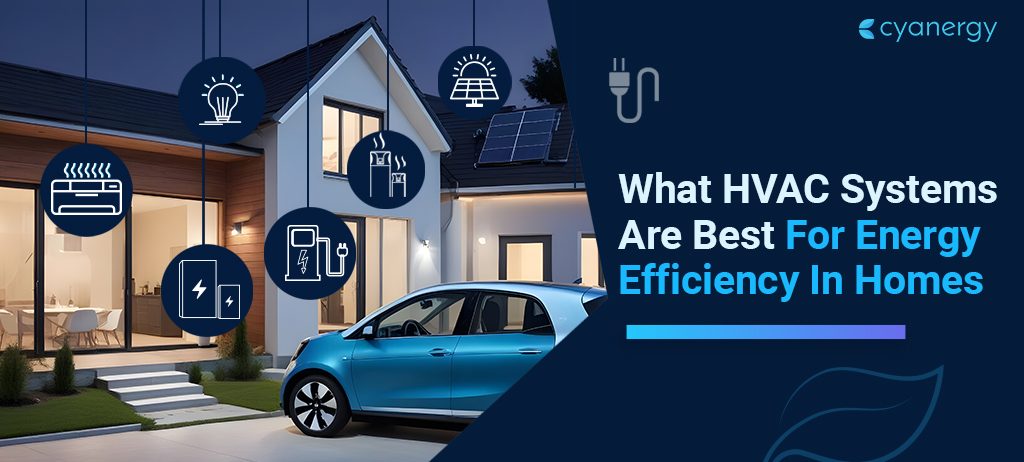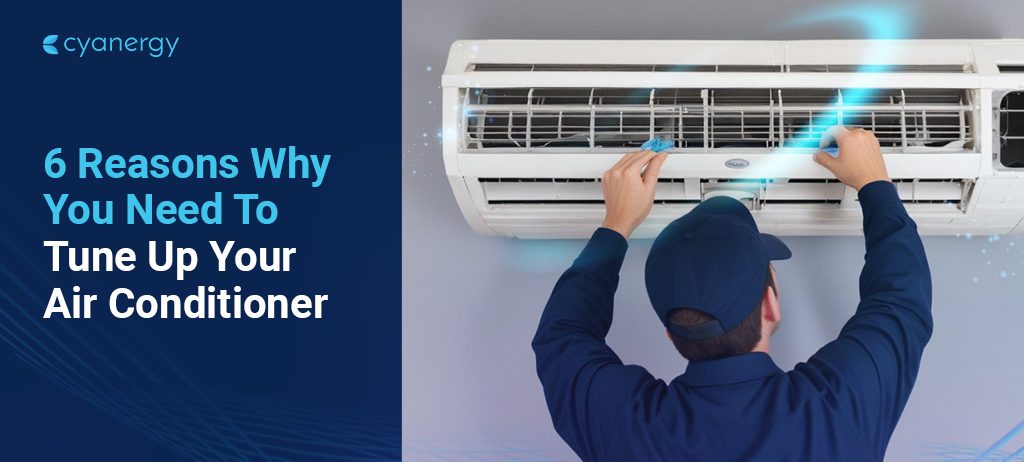If you own or manage a building used for business, ensuring the air inside is good is essential. It’s not just about keeping the people inside healthy and comfortable. It also makes your building look good and might make it worth more money later.
So, how can you ensure the air inside stays clean and healthy?
This article will discuss improving air quality in commercial spaces with energy efficiency. It will also include indoor air quality (IAQ) and give many ideas for improving it.
By the end of this article, you’ll have many valuable tips to ensure the air in your building is top-notch. It will also ensure proper business operations.
Understanding Energy Efficiency
Energy efficiency is about doing the same tasks while using less energy. It’s like finding ways to make what you use last longer. For instance, using a light bulb that produces the same brightness but consumes less electricity is an example of energy efficiency.
It’s about using energy wisely to save money and protect the environment. When we use energy efficiently, we reduce waste, which benefits everyone. So, energy efficiency is all about finding methods to accomplish tasks using less energy.
Understanding Indoor Air Quality (IAQ)
Indoor Air Quality (IAQ) means how good or bad the air is inside and around buildings. It’s vital because it affects how healthy and comfortable people feel inside.
IAQ is checked by looking at how hot or cold it is, how humid it feels, how much fresh air is coming in, and if there are any harmful substances like Carbon Dioxide (CO2) in the air.
Keeping the air fresh in buildings is usually done using special machines called Outside Air Fans (OAFs). But if these machines stop working or someone turns them off, the air quality inside can quickly worsen, which isn’t suitable for the people inside.
The Significance of Better Indoor Air Quality
Having good IAQ is super crucial for a few reasons. First, it helps keep the people inside healthy by reducing the chances of them getting sick from being in the building.
There’s something called Sick Building Syndrome, where people feel sick when they spend a lot of time in a building, but doctors can’t figure out why. Having good IAQ can help prevent this.
Also, having clean and fresh air inside can help people work better. Many studies have shown that when the air is excellent, and there’s enough fresh air, people work better and get more done.
And finally, there are rules about keeping the air quality good inside Australian commercial buildings. If building owners don’t follow these rules, they might have to pay many fines, making their buildings look bad. Plus, they could even get into trouble with the law.
Healthier Air Quality in Buildings with Energy-Efficient Ventilation Systems

Why Energy-efficient Ventilation Systems are A Good Idea?
In tall buildings where lots of people work, having the proper ventilation is vital for a few reasons:
Better Air Quality: These systems help eliminate harmful particles, like chemicals and smoke, making it healthier for everyone inside.
Keeping the Right Temperature: They help keep the building comfortable so people don’t feel too hot or cold. And because they’re good at this, they can save energy by not needing as much air conditioning.
Controlling Moisture: These systems also help keep the air from getting too damp, preventing mold and bacteria from growing. This helps prevent people from getting sick from breathing in bad air.
Knowing all these good things, let’s look at how energy-efficient ventilation systems work and why they’re so helpful in tall commercial buildings.
Using Smart Technology to Make Indoor Air Better
Challenges We Usually Face
Typically, people have to check the air inside buildings manually. This means they only know what the air is like sometimes, which can cause problems:
Not Knowing Right Away: Manual checks can’t tell us immediately if there’s something wrong with the air quality inside.
Wasting Resources: Sometimes, mistakes are made, or reports need to be more consistent, which means things like heating or air purifiers might not be used efficiently.
Not Enough Fresh Air: The old systems sometimes need more fresh air, which lets bad stuff build up indoors.
The Smart Solution

Smart technology uses fancy gadgets like sensors and computers to watch the air quality constantly. Here’s why it’s great:
Instant Alerts: Sensors around the building constantly check the air for temperature, humidity, and harmful chemicals. If something’s wrong, they send alerts so people can fix it quickly.
Using Resources Wisely: Computers can learn from past data and what’s happening to decide how to use heaters or air purifiers. For example, they can adjust how much fresh air comes in based on how many people are in the building, which saves energy and keeps the air clean.
Making Everyone Happy: Smart systems can remember what temperature and humidity levels people like best. This makes everyone more comfortable and happy. And when people feel good, they work better too!
Keeping Track: These smart systems also report how the air quality is doing over time and how much energy is being used. This helps managers make smart decisions and fix problems before they worsen.
So, by using smart technology, we can keep the air inside buildings clean and save energy, too!
Improvements in HVAC Technology: Making Indoor Air Quality Better
Smart Thermostats
One of the neat things happening is the development of smart thermostats. These thermostats are smart because they use sensors and fancy computer programs to control indoor temperatures better.
They can learn what temperatures people like and change the HVAC system to match, which helps save energy and make the air better.
- They can keep the temperature just suitable for everyone inside.
- They can change the temperature automatically when nobody is home to save energy.
- Smart sensors can also detect if the air is too humid or if there are bad things in it, and the HVAC system can fix these problems.
Air Purification Systems
More and more people want cleaner indoor air, so air purification systems are becoming popular. These systems work with HVAC systems to remove dust, pollen, and germs from the air. They use special filters like HEPA and activated carbon to clean the air well.
- HEPA filters can eliminate almost all the tiny particles, like dust and pollen.
- Activated carbon filters can remove foul smells and harmful chemicals.
- Some systems even use UV light to kill germs and mold in the air.
Energy-Efficient HVAC Systems
Saving energy is super important, and new HVAC systems are designed to do just that. These systems use less power but still keep the air quality good. They have fancy features like variable-speed compressors and smart airflow control to keep things just right.
- They can use much less energy, meaning lower bills and less pollution.
- New features help control temperature and humidity very precisely.
- Some systems can even bring in fresh air from outside without using too much energy.
Remote Monitoring and Control
You can control your HVAC system from anywhere using your phone or computer. This is because IoT technology lets you check on your system and make changes even if you’re not at home. This makes things more efficient and helps catch problems early.
Get a free energy monitor today!
- You can see how much energy your system uses and get alerts if something is wrong.
- Changing the temperature settings whenever you want is easy, saving energy and keeping everyone comfortable.
- In significant buildings, managers can monitor many HVAC systems from one place to ensure everything is working well.
Benefits of Improving Air Quality and Saving Energy in Aussie Business Spaces

Healthier Workers: Better air means healthier employees, fewer sick days, and more productivity.
Cost Savings: Saving energy means lower bills, suitable for business budgets.
Compliance: Following energy efficiency rules can keep businesses out of trouble and avoid fines.
Reputation Boost: Showing care for the environment and staff health can make businesses look good in the community.
Comfortable Environment: Good air quality and temperature control make happier customers and workers.
Longer-lasting Equipment: Energy-efficient gear lasts longer, meaning fewer repairs and replacements.
In short, focusing on energy efficiency and air quality in Aussie businesses is a win-win for everyone involved!







